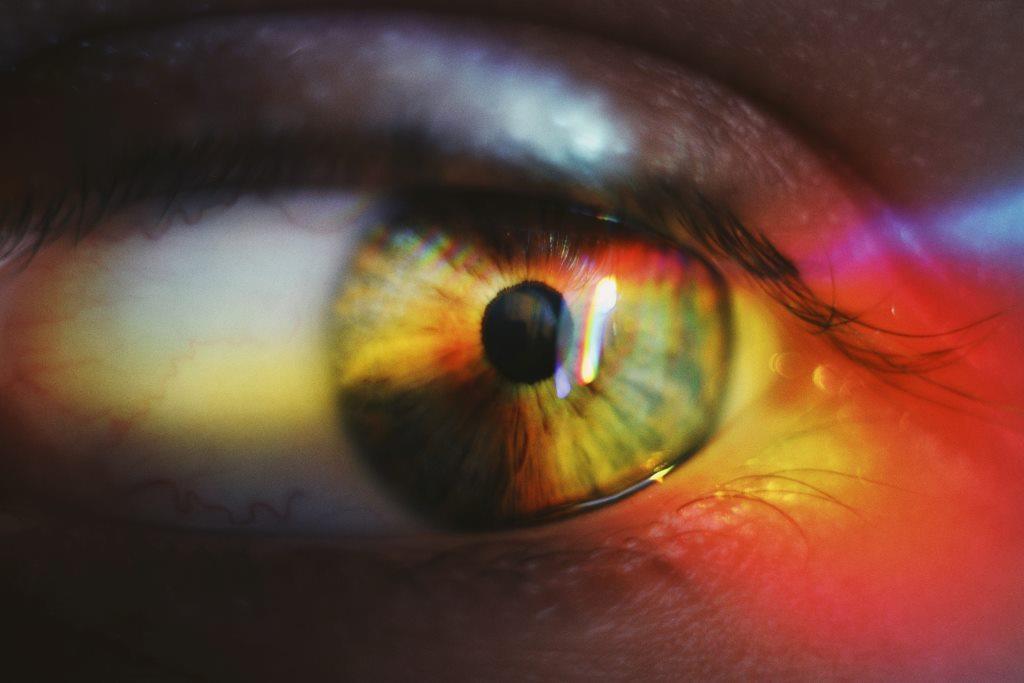Bungee Cord Detaches a Man's Iris: Here’s What Doctors Found

According to an expert, the occurrence of iridodialysis 'can take various forms' depending on the injury's angle and the manner the energy's shockwave spreads through the eye.
In April 2019, a 48-year-old man from Taiwan went to an eye clinic after his left eye got struck with a bungee cord. This case was reported in The New England of Journal Medicine.
The man told the doctors, an accident happened when he tried "to secure products to a motorcycle" through the use of a bungee cord. Accidentally, the said cord snapped back, hitting exactly his left eye.
The patient described his eye as a cloudy fishbowl or, probably, a terrarium. Specifically, the journal described the ay as looking as if it was a "dark orb that had a layer of a brown, seemingly sandy substance at the bottom.
Nevertheless, the left eye's appearance was not a particular type of contact lens. Instead, it was a result of a painful injury in the eye that led to the iris of the man to tear from its original position and droop down.
ALSO READ: Is Your Skin Turning Blue? Here's What You Need to Know
'Traumatic Iridodialysis'
The 48-year-old was reportedly diagnosed with "traumatic iridodialysis." This is a form of eye injury which takes place when, according to eye experts, "blunt trauma leads the iris," which is the eye's colored part, to "detach from the round structure behind it.
The National Taiwan University Hospital researchers identified the said round structure through a report as a "ciliary body."
The eye, according to the American Academy of Ophthalmology clinical spokesperson, Dr. Andrew Iwach, is undeniable "a complicated, delicate, and fragile structure."
He added that when an object strikes the front part of the eye, regardless of the side, if left or right, its "iris can get 'disinserted.' Meaning, the doctor elaborated. It is ripped away from the eye's inner wall, which causes the iridodyalisis.
DON'T MISS THIS: Flash Fire Igniting During Surgery: Know How it Happens and How to Prevent It
Collapsing of the Iris
In the man's case, his iris seemed to have collapsed. It tore at the upper part and appeared to have come down because of the gravity, explained Iwach.
However, the expert said, the occurrence of iridodialysis "can take various forms" according to the injury's angle and the manner the energy's shockwave spreads through the eye.
Iwach also specified one could get a variation of "various patterns of appearance of the eye following an injury.
Such injuries can characterize several hazardous effects such as bleeding in the inner part of the eye, detachment of the retina and lens injury, enumerated Iwach.
Injuries can also lead to the development of "traumatic cataract" or the lens's clouding.
Fortunately, in the case of the man, he did not show any sign of these other conditions.
However, this patient needed to be regularly observed for a lifetime as such injuries can lead to eye problems to appear later on in his life. One of the issues possible to arise, Iwach specified, is glaucoma.
Recommendations
In relation to the man's case, the AAO has recommended that he wears a pair of protective eyewear like safety glasses every time he does a home improvement job or any other activity that could contribute to his eye injuries.
The Taiwanese went through a surgery called "iridoplasty" as an attempt for his iris's repositioning. Following this, he experienced restoration of the shape of his pupil, and his vision improved.
One year after, reports said, his iris stayed attached with "minor deformity," not to mention, the non-appearance of glaucoma.
IN CASE YOU MISSED THIS: Staring Into Deep Red Light Can Retain Vision, Study Finds
© MD News Daily.
